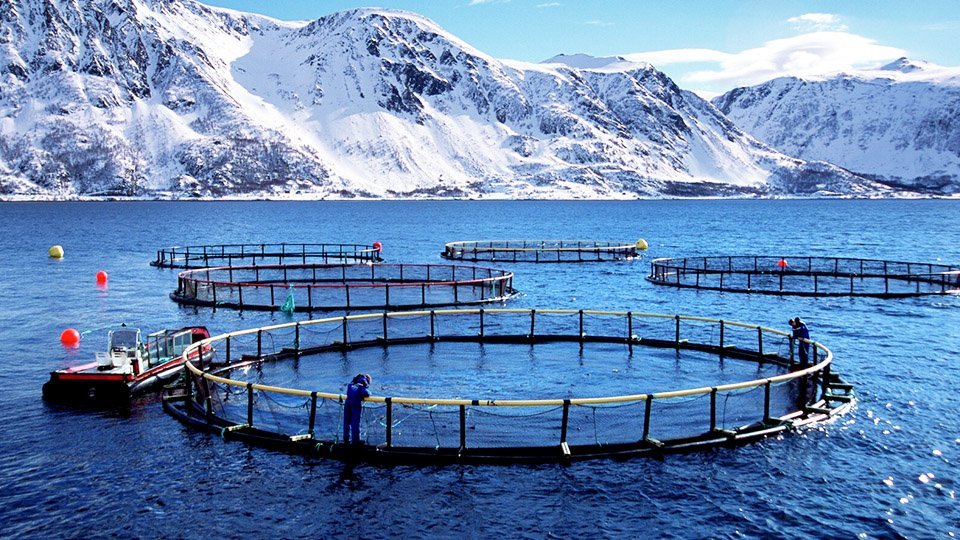What is the NS 9415 Standard for Floating Aquaculture Farms?
NS 9415 is a pivotal Norwegian standard that governs the design, construction, operation, and environmental stewardship of floating aquaculture farms. By establishing rigorous criteria for fish containment, sustainability, traceability, ecosystem protection, and social responsibility, NS 9415 ensures that Norwegian aquaculture maintains global leadership in responsible seafood production.
1. Key Objectives of NS 9415
Prevent Fish Escapes: Sets structural and operational requirements to minimize the risk of farmed fish escaping into wild populations.
Sustainable Practices: Provides guidelines for feed composition, breeding methods, and farm management to reduce environmental impact.
Ecosystem Protection: Mandates measures to safeguard local marine ecosystems, wild fish stocks, and biodiversity.
Traceability: Ensures full supply chain transparency, from farm to consumer, to enhance food safety and accountability.
Social Responsibility: Promotes fair labor practices, worker safety, and community engagement in the aquaculture sector.

2. Core Requirements of NS 9415
A. Structural Integrity & Fish Containment
Specifies design standards for net pens, mooring systems, and barriers to prevent escapes.
Requires regular inspections and maintenance to ensure structural reliability.
B. Environmental Sustainability
Feed Management: Limits the use of wild-caught fish in feed and promotes plant-based alternatives.
Waste Reduction: Mandates efficient waste management to minimize nutrient pollution.
Disease Control: Encourages vaccination and non-antibiotic treatments to reduce chemical runoff.
C. Traceability & Supply Chain Compliance
Implements blockchain or digital tracking systems to monitor fish origin, growth, and processing.
Ensures compliance with national and international food safety standards (e.g., HACCP, EU regulations).
D. Ecosystem & Biodiversity Protection
Requires environmental impact assessments (EIAs) before farm establishment.
Prohibits farming in sensitive areas (e.g., coral reefs, spawning grounds).
Promotes the use of low-impact technologies (e.g., underwater cameras instead of acoustic deterrents).
E. Social Responsibility & Labor Rights
Ensures fair wages, safe working conditions, and training for aquaculture workers.
Encourages local community involvement in farm planning and oversight.
3. Benefits of Adhering to NS 9415
Market Access & Competitiveness: Compliance enhances the reputation of Norwegian seafood globally, meeting consumer demand for sustainability.
Regulatory Alignment: Helps farms comply with Norwegian and EU environmental and food safety laws.
Risk Mitigation: Reduces the likelihood of environmental fines, fish escapes, or disease outbreaks.
Consumer Trust: Builds credibility through transparent, ethical, and eco-friendly practices.
4. Implementation & Certification
Third-Party Audits: Farms must undergo regular inspections by accredited bodies (e.g., DNV GL, Bureau Veritas).
Continuous Improvement: Encourages innovation in sustainable technologies (e.g., recirculating aquaculture systems, AI-driven monitoring).
5. Conclusion: NS 9415 as a Global Benchmark
NS 9415 exemplifies Norway’s commitment to responsible aquaculture, balancing economic growth with environmental and social responsibility. By following this standard, Norwegian seafood producers not only meet regulatory demands but also strengthen their position as leaders in sustainable seafood production.
For aquaculture operators, compliance with NS 9415 is an investment in long-term viability, market differentiation, and global recognition.
Would you like guidance on implementing NS 9415 in your aquaculture operation?
Contact us for expert consulting, certification support, and sustainable technology solutions.
This structured overview highlights NS 9415’s role in promoting sustainability, safety, and social equity in Norwegian aquaculture while reinforcing its global competitiveness.
More links:
Why Are Norwegian Aquaculture Semi-Submersible?
Why Are Norwegian Aquaculture Cages Round?
Feed Waste in Cage Aquaculture: a "Food Defense War" with the Sea


